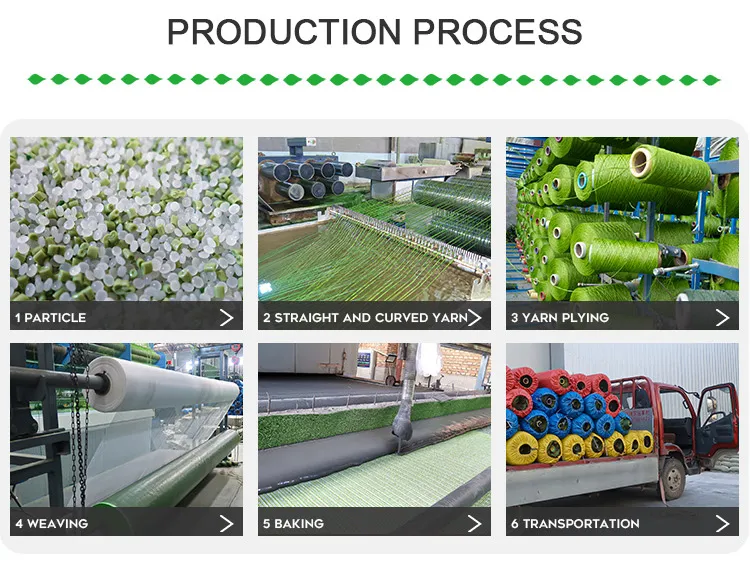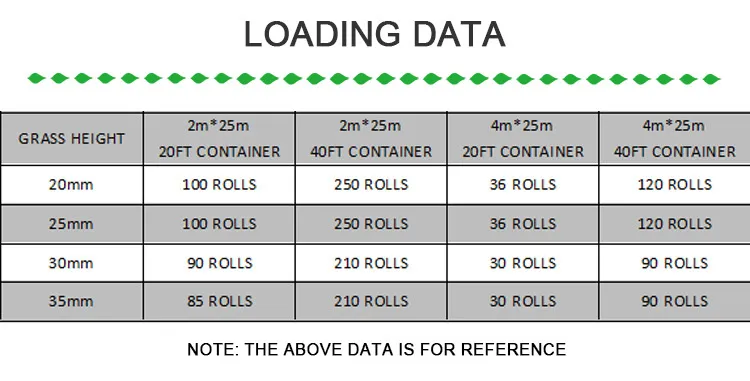Welcome to Hoyarn
Call Us Any Time:+86 19801805999
Email Us: info@hoyarn.cn

- Afrikaans
- Arabic
- Belarusian
- Bengali
- Czech
- Danish
- Dutch
- English
- Esperanto
- Estonian
- Finnish
- French
- German
- Greek
- Hindi
- Hungarian
- Icelandic
- Indonesian
- irish
- Italian
- Japanese
- kazakh
- Rwandese
- Korean
- Kyrgyz
- Lao
- Latin
- Latvian
- Malay
- Mongolian
- Myanmar
- Norwegian
- Persian
- Polish
- Portuguese
- Romanian
- Russian
- Serbian
- Spanish
- Swedish
- Tagalog
- Tajik
- Thai
- Turkish
- Turkmen
- Ukrainian
- Urdu
- Uighur
- Uzbek
- Vietnamese
Artificial Grass for Professional Sports Fields
Jan . 26, 2025 07:20 Back to list
Artificial Grass for Professional Sports Fields
Factors Influencing Turf Cost and Tips for Making an Informed Decision
The area of installation will naturally influence total costs, as larger expanses require more turf rolls and labor hours. However, buying in bulk might offer discounts. Consult various suppliers and compare quotes to find the best deal without compromising quality. The type of maintenance required post-installation must be considered. Natural turf demands regular watering, fertilizing, mowing, and pest control, which accumulate in cost over time. With synthetic turf, you'll save on water and fertilizers but need to account for periodic cleanings and infill replacements. Understanding these long-term commitments helps in evaluating the true cost of ownership. For those considering environmental impact, eco-friendly turf options might be appealing. These products use recycled materials or grass varieties that require less water and fertilizers. While initially more costly, they offer sustainability benefits and potential savings in water bills. Warranty and after-service support are often overlooked in the cost equation. Reputable suppliers offer warranties that cover pests, fading, and sometimes even poor installation. This support can be invaluable, offering peace of mind that your investment is protected. To ensure you're getting the best value for your money, seek multiple quotes, ask for referrals, and verify previous projects from the company. Researching and combining insights from customer reviews and expert opinions ensures that your choice fits both budget and expectations. In conclusion, while the upfront cost of turf might be daunting, understanding the diverse factors influencing it helps in making a judicious decision. Select a turf type suitable to your region, account for initial and maintenance expenses, and consider environmental implications. An expert approach combined with strategic cost evaluations ensures a beautiful, sustainable lawn that adds value to your property.


The area of installation will naturally influence total costs, as larger expanses require more turf rolls and labor hours. However, buying in bulk might offer discounts. Consult various suppliers and compare quotes to find the best deal without compromising quality. The type of maintenance required post-installation must be considered. Natural turf demands regular watering, fertilizing, mowing, and pest control, which accumulate in cost over time. With synthetic turf, you'll save on water and fertilizers but need to account for periodic cleanings and infill replacements. Understanding these long-term commitments helps in evaluating the true cost of ownership. For those considering environmental impact, eco-friendly turf options might be appealing. These products use recycled materials or grass varieties that require less water and fertilizers. While initially more costly, they offer sustainability benefits and potential savings in water bills. Warranty and after-service support are often overlooked in the cost equation. Reputable suppliers offer warranties that cover pests, fading, and sometimes even poor installation. This support can be invaluable, offering peace of mind that your investment is protected. To ensure you're getting the best value for your money, seek multiple quotes, ask for referrals, and verify previous projects from the company. Researching and combining insights from customer reviews and expert opinions ensures that your choice fits both budget and expectations. In conclusion, while the upfront cost of turf might be daunting, understanding the diverse factors influencing it helps in making a judicious decision. Select a turf type suitable to your region, account for initial and maintenance expenses, and consider environmental implications. An expert approach combined with strategic cost evaluations ensures a beautiful, sustainable lawn that adds value to your property.
Next:
Latest news
-
The Benefits of Artificial Turf for Indoors
NewsJul.15,2025
-
How Artificial Grass Suppliers Ensure Quality Products
NewsJul.15,2025
-
Artificial Grass and Pets: A Space for Relaxation
NewsJul.08,2025
-
Balcony & Outdoor Decoration with Artificial Grass
NewsJul.08,2025
-
Best Indoor Artificial Grass for Home
NewsJul.07,2025
-
Best Pet Turf for Dogs: Safe & Durable Artificial Grass Options
NewsJul.07,2025
Products categories









